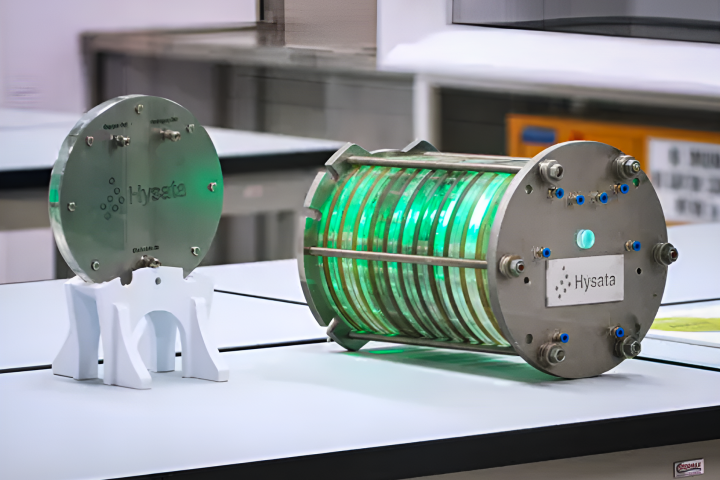When we think about avoiding concussions, we tend to think of helmets. The problem is, concussions are typically caused by the brain suddenly "sloshing" within the skull, knocking itself against the inside of the cranium. Helmets help reduce the likelihood of that happening by absorbing impact energy, but they're not 100 percent effective – that's why concussions can sometimes occur even without a hit being delivered directly to the head. Help may be on the way, however, in the form of a simple neck band.
Invented by a team led by Cincinnati Children's hospital's Dr. Gregory Myer, and developed through the company Q30 Innovations, the band constantly applies slight pressure to the neck. This in turn mildly increases blood volume in the vein structure of the brain. Wearers report a sensation somewhat like the feeling that you get when hanging upside down, but less pronounced – so users aren't likely to be passing out from wearing it.

More importantly, the increased blood volume causes the brain to take up more room within the skull. This means that it has less room to slosh around, so it strikes the inside of the cranium with less force when impacts occur.
In two separate studies, use of the band reportedly resulted in an 83 percent reduction in the number of torn brain fibers in a standard concussion model.
Performance Sports Group, which acquired the license for the technology last October, is now conducting further research and pursuing regulatory approval. It is hoped that once testing is complete, the band could be commercially available within one to two years.
Source: Q30 Innovations





